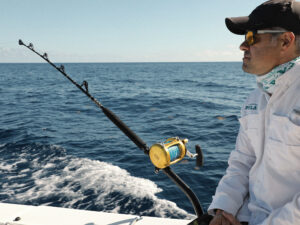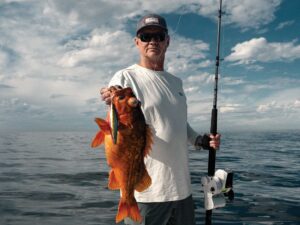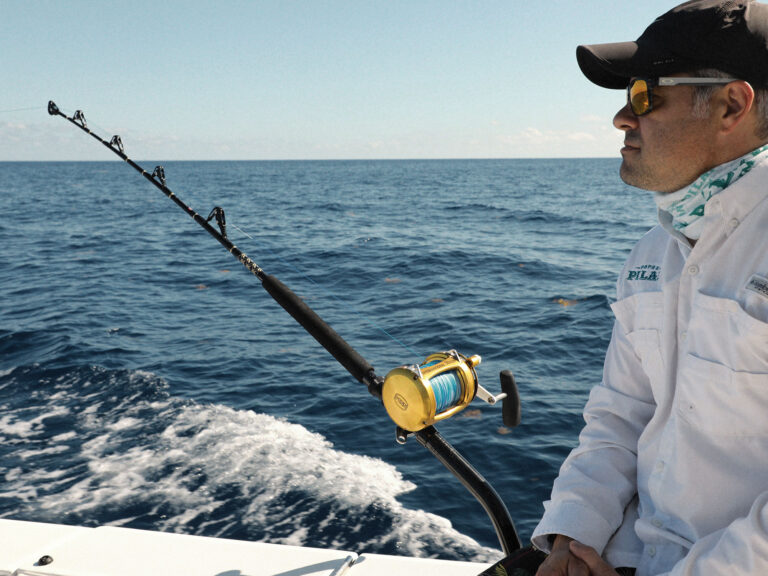
The life history of most game fishes is pretty amazing. Although some species may grow to more than 1,000 pounds, all begin life as one of millions of eggs the size of a small grain of sand floating about an ocean full of tiny predators, following a full-moon spawning session. Of those millions, thousands may be fertilized, but of those thousands fewer than 100 will survive past the larval stage.
They feed on tiny plankton, but are also fed upon by slightly larger planktonic predators. It is indeed a jungle out there in the open ocean. Growth, for the few that live, is rapid. Most larval forms of game and food fishes bear little or no resemblance initially to adults, often very different in shape and color, recognizable only to experts. They may resemble elaborate insects as much as fish.
As they grow into small juveniles, often characterized by oversized eyes, the babies begin to gradually take on more of the characteristics of larger, older fish. Few anglers ever get the chance for a close-up and personal look at game fish not much longer than a cherry tomato, so in this ongoing series of “microscopic monsters,” we’ll offer a rare look at a mini version of a species most of us see as only adult fish.
A Tiny King Mackerel

I suspect not one in a thousand anglers would look at this remarkable photo and declare, “That’s a kingfish!” But so it is, in its larval form. Photographer Steven Kovacs captured the image during a black-water drift dive on a dark night, miles off Florida’s Palm Beaches. During the months of May through September or October, kingfish spawn on the outer continental shelf, using the same “broadcast spawning” strategy shared by most pelagics, with females spewing forth thousands and even millions of eggs to mix with sperm released by males in similar quantities.
Few, of course, will achieve fertilization. And fewer still will make it even to the size of this little guy, less than a half inch; the cards are definitely stacked against the tiny larvae. But the voracious predators who aren’t eaten will grow quickly, reaching the size of this one about a week after hatching; within a year, they’ll weigh upward of 4 pounds.









